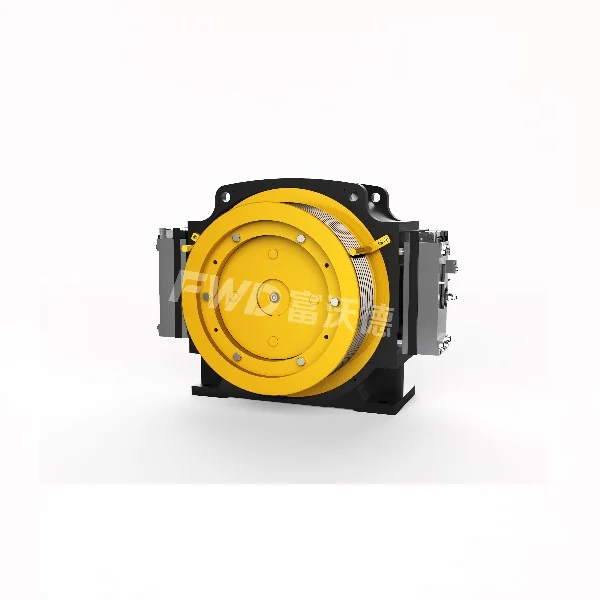Unveiling the Secrets: How Car Dealerships Effectively Deodorize Vehicles
When it comes to purchasing a pre-owned vehicle, one of the most immediate concerns for potential buyers is the smell inside the car. Whether it’s the lingering scent of smoke, pet odors, or simply the musty aroma of an older vehicle, a pleasant interior environment can significantly influence a buyer's decision. Car dealerships understand this well and employ a variety of methods to deodorize cars effectively. In this article, we will explore the techniques and products used by dealerships to ensure that every vehicle smells fresh and inviting.
Understanding the Importance of Deodorization
Before diving into the methods used, it’s essential to understand why deodorization is crucial for car dealerships. A clean, odor-free vehicle not only enhances the overall customer experience but also reflects the dealership's commitment to quality. An unpleasant smell can deter potential buyers, leading to longer sales cycles and reduced customer satisfaction. Therefore, dealerships invest in effective deodorization techniques to create a welcoming atmosphere for prospective buyers.
Common Odor Sources in Vehicles
To effectively deodorize a car, it’s important to identify the sources of odors. Common culprits include:
- Smoke Residue: Cigarette smoke can cling to upholstery and interior surfaces, creating a persistent odor.
- Food and Beverages: Spills and crumbs can lead to unpleasant smells, especially if they are not cleaned promptly.
- Pets: Animal hair and dander can contribute to odors, particularly in vehicles used for pet transport.
- Mold and Mildew: Moisture trapped in the car can lead to mold growth, producing a musty smell.
- General Wear and Tear: Over time, the materials inside a vehicle can absorb odors from various sources.
Techniques Used by Car Dealerships to Deodorize Vehicles
Car dealerships employ a range of techniques to tackle these odor issues effectively. Here are some of the most common methods:
- Deep Cleaning
The first step in deodorizing a vehicle is often a thorough deep cleaning. This process includes:
- Vacuuming: Removing dirt, debris, and pet hair from carpets, seats, and crevices.
- Shampooing Upholstery: Using specialized cleaning solutions to extract odors from fabric seats and carpets.
- Steam Cleaning: High-temperature steam can penetrate deep into materials, killing bacteria and neutralizing odors.
- Ozone Treatment
Ozone generators are a popular choice among dealerships for their effectiveness in eliminating odors. Ozone (O3) is a powerful oxidizing agent that can break down odor-causing compounds. The process involves:
- Sealing the Vehicle: The car is closed off to contain the ozone.
- Running the Ozone Generator: The generator produces ozone, which circulates through the vehicle, neutralizing odors.
- Ventilation: After treatment, the car must be ventilated to remove excess ozone, ensuring it is safe for occupants.
- Activated Charcoal and Baking Soda
Natural deodorizing agents like activated charcoal and baking soda are often used to absorb odors. Dealerships may place bowls of these substances inside the vehicle for a few days to help eliminate persistent smells.
- Activated Charcoal: Known for its porous structure, it effectively traps odors and moisture.
- Baking Soda: A common household item, it neutralizes acidic odors and can be sprinkled on carpets before vacuuming.
- Chemical Deodorizers
Many dealerships also utilize commercial-grade chemical deodorizers. These products are designed to mask odors while also neutralizing them. Common types include:
- Aerosol Sprays: Quick and easy to apply, these sprays can provide an immediate fresh scent.
- Odor Neutralizing Gels: These products release a pleasant fragrance over time while absorbing odors.
- Air Purification Systems
Some dealerships invest in advanced air purification systems that can be installed in the vehicle. These systems often use HEPA filters and UV light to eliminate bacteria, allergens, and odors, providing a long-term solution to maintaining a fresh interior.
Conclusion
In conclusion, car dealerships utilize a combination of deep cleaning, ozone treatment, natural absorbents, chemical deodorizers, and air purification systems to ensure that every vehicle is free from unpleasant odors. By understanding the sources of odors and employing effective deodorization techniques, dealerships not only enhance the appeal of their vehicles but also foster a positive buying experience. For consumers, knowing these methods can provide peace of mind when purchasing a pre-owned vehicle, ensuring that they drive away in a car that smells as good as it looks.

Average Rating